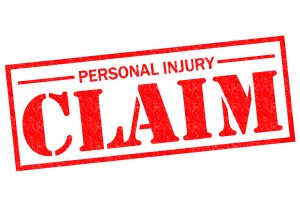Personal injury cases can be a complicated and lengthy process that often leaves individuals questioning how long they will wait for a resolution. In California, the timeline for settling a personal injury case is influenced by various factors, making it essential for plaintiffs to understand what to expect throughout this journey. Knowing the average duration can provide peace of mind during an inherently stressful period.
The duration of a personal injury case can vary significantly based on numerous elements, including the nature of the injuries sustained, the complexity surrounding liability, and how well all parties cooperate. Additionally, the availability of crucial evidence can either expedite or prolong the settlement process. Understanding these factors offers invaluable insight into the intricacies involved in resolving personal injury claims.
In this article, we will explore the typical timeline for settling personal injury cases in California. We’ll break down the phases of the process—from initial consultations to potential litigation—and provide clarity on the various elements that might influence how long it takes to reach a conclusion. By highlighting these aspects, we aim to equip readers with the knowledge they need to navigate their personal injury claims effectively.
 California Accident Attorneys Blog
California Accident Attorneys Blog






